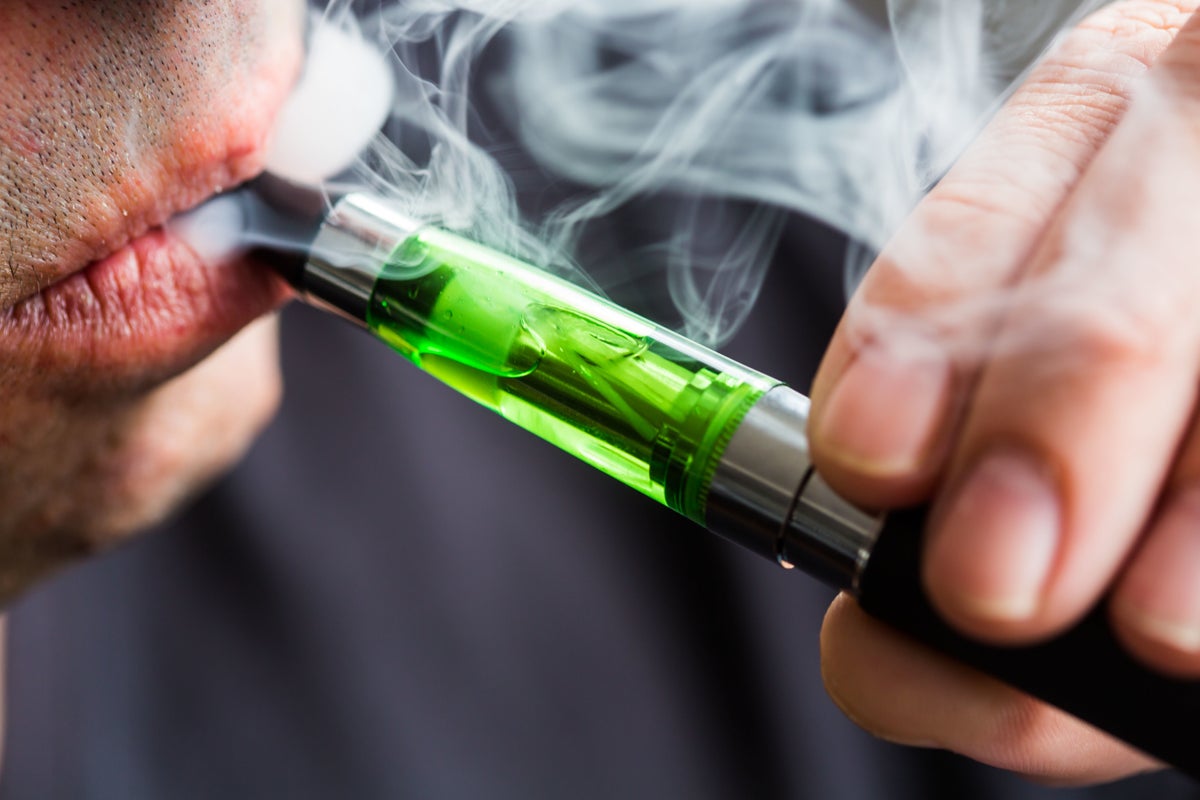
offering users a way to consume nicotine without the harmful effects of tobacco combustion. This practice involves inhaling vapor produced by an electronic device, typically an e-cigarette how much is a geek bar pulse or vape pen, which heats a liquid (e-liquid or vape juice) containing nicotine, flavorings, and other chemicals.
The concept of vaping emerged in the early 2000s when Chinese pharmacist Hon Lik invented the first commercially successful e-cigarette. Hon Lik’s motivation stemmed from a desire to create a safer method of nicotine delivery by eliminating the need for combustion, which produces harmful toxins found in cigarette smoke. Since then, vaping technology has evolved considerably, leading to a wide variety of devices catering to different preferences and needs.
A typical vape device consists of a battery, a heating element (coil), and a tank or cartridge for the e-liquid. When the user activates the device, the battery powers the coil, which heats the e-liquid to create vapor. This vapor is then inhaled into the lungs, delivering nicotine and flavorings. E-liquids are available in various nicotine strengths and an extensive range of flavors, from traditional tobacco and menthol to fruit, dessert, and even novelty flavors.
Many individuals choose vaping as a method to quit smoking or reduce their tobacco intake. Vaping is often perceived as a less harmful alternative because it avoids the combustion process that releases tar and carcinogens into the body. Public Health England and other health organizations have indicated that vaping is significantly less harmful than smoking, potentially making it a valuable tool for smoking cessation efforts. Additionally, the ability to adjust nicotine levels in e-liquids allows users to manage nicotine dependency more effectively.
Socially, vaping presents advantages over smoking. Unlike cigarette smoke, which lingers and can be bothersome to others, vapor from e-cigarettes dissipates quickly and often leaves a more pleasant scent. This characteristic makes vaping more socially acceptable in public places and among non-smokers. Moreover, the absence of lingering smoke odor on clothing and breath is a significant benefit for many users.
Despite its benefits, vaping is not without controversy and potential health risks. While it may be less harmful than smoking, vaping still involves inhaling chemicals that can have negative health effects. E-liquids contain nicotine, which is addictive and can have adverse effects on cardiovascular health. Long-term studies on the effects of vaping are ongoing, particularly concerning respiratory health and potential lung damage.
The increasing popularity of vaping among young people is another concern. The availability of flavored e-liquids and appealing device designs has contributed to a rise in vaping among adolescents and young adults, leading to concerns about nicotine addiction and long-term health impacts.
In conclusion, vaping represents a significant shift in nicotine consumption habits, offering potential benefits for smokers seeking alternatives to traditional cigarettes. However, it is crucial to approach vaping with awareness of both its benefits and risks. Responsible regulation, continued research into its health impacts, and informed consumer choices are essential to maximize the benefits of vaping while minimizing potential harms to individuals and society.